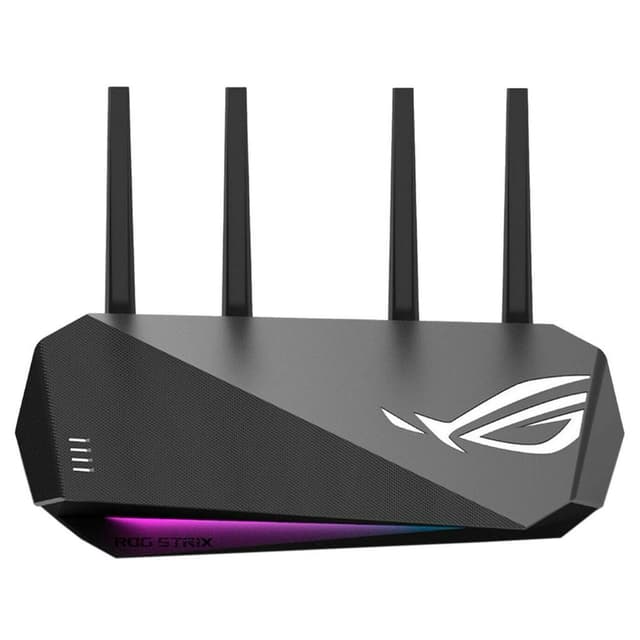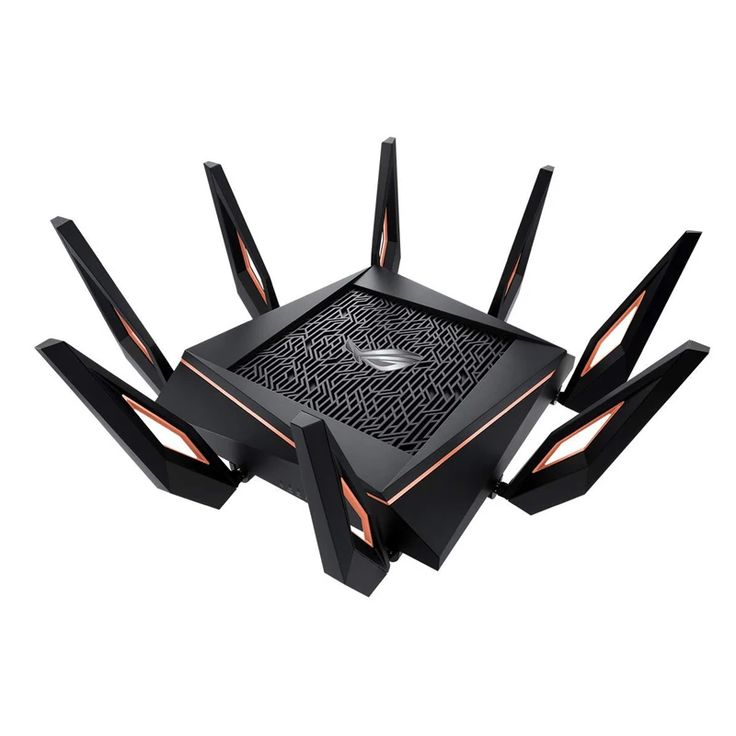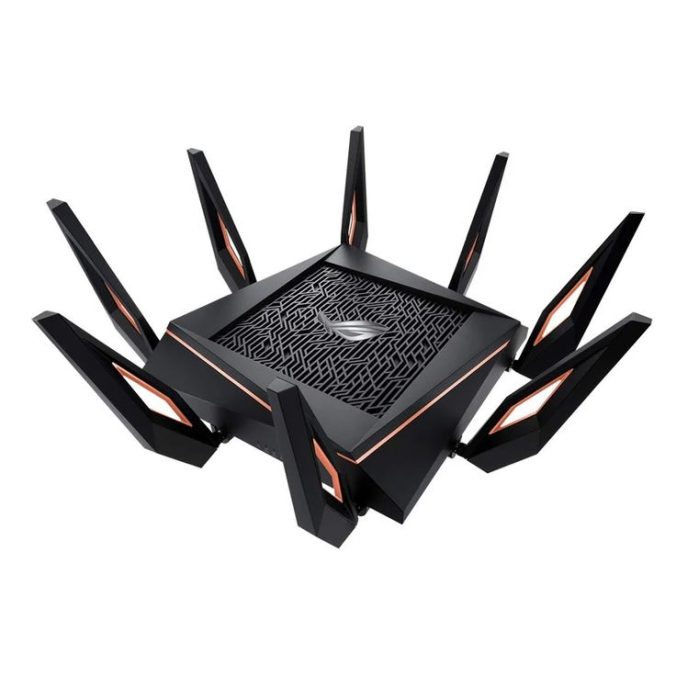Introduction to Port Forwarding on Asus Routers
Port forwarding is a key feature on many routers, including those from Asus. It allows external devices to connect to private services within your network. Normally, a router‘s firewall would block these requests for security reasons. However, with Asus router port forwarding, specific ports can open to permit communication.
Using port forwarding on your Asus router, you can direct traffic from the internet to devices on your network. This setup is crucial for operating servers or other applications that require external access. Each application may need a particular port to be opened. This process involves configuring your Asus router to forward requests from these ports to the appropriate device internally.
Setting up port forwarding on an Asus router involves several steps. You will need to access your router’s configuration interface and navigate to the port forwarding section. Asus models like the RT-AC88U offer straightforward menus to help with this setup. By understanding and managing port forwarding settings, you ensure the right connections while maintaining network security.

Benefits of Using Port Forwarding
Port forwarding on an Asus router brings numerous benefits that enhance connectivity and security.
Gaming and Application Accessibility
For gamers, port forwarding is essential. It opens up the possibility to host and connect to multiplayer games with ease. Games like Xbox Live require open ports to connect with other players, making port forwarding a must for a smooth gaming experience. Applications that need direct internet access, such as remote desktop or FTP servers, also depend on port forwarding. It directs the traffic to the right device on your network, ensuring seamless operation.
Improved Security Measures
Besides accessibility, port forwarding improves security. By opening only the necessary ports, you minimize the network’s exposure to threats. This targeted open-port approach helps keep out unwanted traffic. With port forwarding, you have control over which devices are exposed to the internet, reducing the risk of intrusions. Customizing port access shields essential services while keeping the rest of the network secure.
Equipment Needed for Port Forwarding
Before embarking on setting up port forwarding on your Asus router, you must gather the right equipment. Having the necessary hardware at hand ensures a smooth setup process.
Identifying Necessary Hardware
To successfully implement port forwarding, you need the following:
- An Asus router, such as the RT-AC88U, capable of port forwarding.
- A device to configure the settings, usually a computer or smartphone.
- Reliable internet connectivity to access the router’s web interface.
- Sufficient privileges to modify your router settings, typically an admin account.
Ensure that your Asus router is properly connected to your modem and that the devices you wish to forward ports to are connected to the router.
Tools for Setting Up a Static IP Address
A static IP address is essential for devices that will use port forwarding. Here’s what you’ll need:
- Access to your device’s network settings to assign a static IP address.
- Familiarity with your network’s IP address range to avoid conflicts.
Assigning a static IP ensures that port forwarding rules remain effective after the device reboots. It is a crucial step without which the port forwarding setup may fail to work consistently.
Follow these steps closely for the Asus router port forwarding process to work as intended. The preparation phase is just as important as the actual setup.

Step-by-Step Guide to Setup Port Forwarding
Setting up port forwarding on your Asus router involves specific steps.
Establishing a Static IP Address
Start by assigning a static IP address to the device you want to forward ports to. This step is crucial because it ensures that even after the device reboots, its port settings remain intact. To do this, go into your device’s network settings and configure a permanent IP within your network’s range.
Accessing Asus Router Interface
Next, you need to log into your Asus router’s web interface. Open a browser and type the router’s default IP address, which is typically 192.168.1.1. Enter ‘admin’ for both username and password fields, unless you’ve changed these from the default settings.
Navigating the Port Forwarding Section
Once logged in, navigate to the WAN section, and click on ‘Virtual Server/Port Forwarding’. This is where you will configure the ports. For each application or service, create a new port forward entry. Specify the service name, port range, local IP, and protocol type (TCP or UDP). After you fill in these details, click ‘Apply’ to save the configurations.
Follow these guided steps carefully to ensure successful setup of port forwarding on your Asus router.
Port Forwarding for Common Applications
Port forwarding on Asus routers isn’t just technical, it’s highly versatile. Many common applications and services require specific ports to be opened to function correctly. Whether it’s for gaming, communication, or server access, setting up port forwarding is a fundamental step. We will explore an example with one of the most popular uses: Xbox Live gaming.
Example Setup for Xbox Live
To enhance your gaming experience on Xbox Live using your Asus router, follow these specific steps for port forwarding:
- Assign a Static IP Address: Start by assigning a static IP address to your Xbox. This ensures your console maintains the same IP, which keeps ports forwarded even after restarts.
- Log into Asus Router: Access your router by entering
192.168.1.1into your web browser. Use ‘admin’ for both username and password unless previously changed. - Navigate to Port Forwarding:
- Click on the ‘WAN’ tab on your router’s homepage.
- Then go to ‘Virtual Server/Port Forwarding’.
- Set up Ports for Xbox Live:
- Click ‘Add’ to create a new port forwarding rule.
- Name the service ‘Xbox Live’.
- Set the port range to
3074both TCP and UDP. - Enter the static IP address of your Xbox in the ‘Local IP’ field.
- Ensure the protocol matches (both TCP and UDP).
- Apply the settings.
By following these steps, you enable your Xbox to communicate smoothly with other players across Xbox Live. For more detailed security configurations and optimization tips, check the next sections of this guide.

Troubleshooting Common Port Forwarding Issues
Even after careful setup, you might encounter issues with port forwarding on your Asus router. Let’s address some common problems and their fixes.
- Ports not opening: If you’ve set up port forwarding but the ports aren’t open, double-check your router’s settings. Ensure that the static IP address is correctly assigned and matches the port forwarding rules.
- Connection drops: Inconsistent connection could be due to IP address conflicts. Verify that the static IP assigned to your device doesn’t overlap with other devices on your network.
- Firewall blocking: Your router’s or device’s firewall might be preventing connections. You may need to adjust firewall settings to allow the forwarded ports.
- Incorrect port numbers: Using the wrong port numbers will lead to connection issues. Check that the port numbers match the requirements of the application or service.
- Router firmware issues: Outdated firmware can cause problems. Make sure your router firmware is up to date.
- Device reboots: If port forwarding stops working after your device reboots, it’s likely due to the device not having a static IP. Recheck the static IP setup.
When troubleshooting, it’s also helpful to use online port checking tools to verify if ports are open. If problems persist, consulting your router’s manual or contacting Asus support can provide further assistance. Keep your ‘asus router port forwarding’ settings optimized for smooth functioning of your applications and services.
Securing Your Network Post Setup
After you’ve set up asus router port forwarding, it’s crucial to secure your network. This step protects your devices and data from unauthorized access. Here are some things you can do to enhance security post setup.
- Change Default Login Credentials: The first move should be to change the default username and password of your Asus router. This action prevents easy access by outsiders.
- Update Router Firmware: Regularly check for and install updates to your router’s firmware. These updates often contain security improvements.
- Use Strong Encryption for Wi-Fi: Ensure your Wi-Fi network uses WPA2 or WPA3 encryption. Weak encryption makes your network easy to hack.
- Disable WPS: While Wi-Fi Protected Setup (WPS) is convenient, it can be a security risk. Turning it off adds an extra layer of protection.
- Monitor Connected Devices: Regularly check the list of devices connected to your network. This helps you spot any unauthorized access quickly.
- Set up a Guest Network: If visitors need Wi-Fi, set up a guest network. This keeps them separate from your main network.
- VPN for Remote Access: If you access your network remotely, use a Virtual Private Network (VPN). This secures data transmission to and from your network.
Following these steps will help ensure that your network remains secure after setting up port forwarding on your Asus router. Keep in mind that security is a continuous process, and staying updated with the latest best practices is key.
